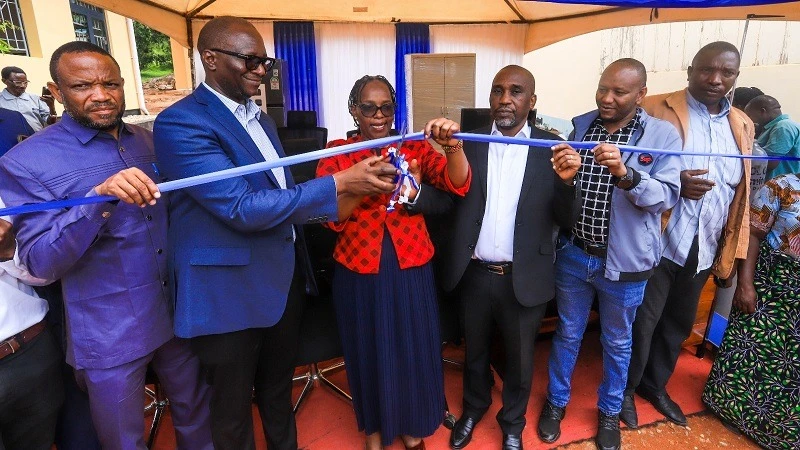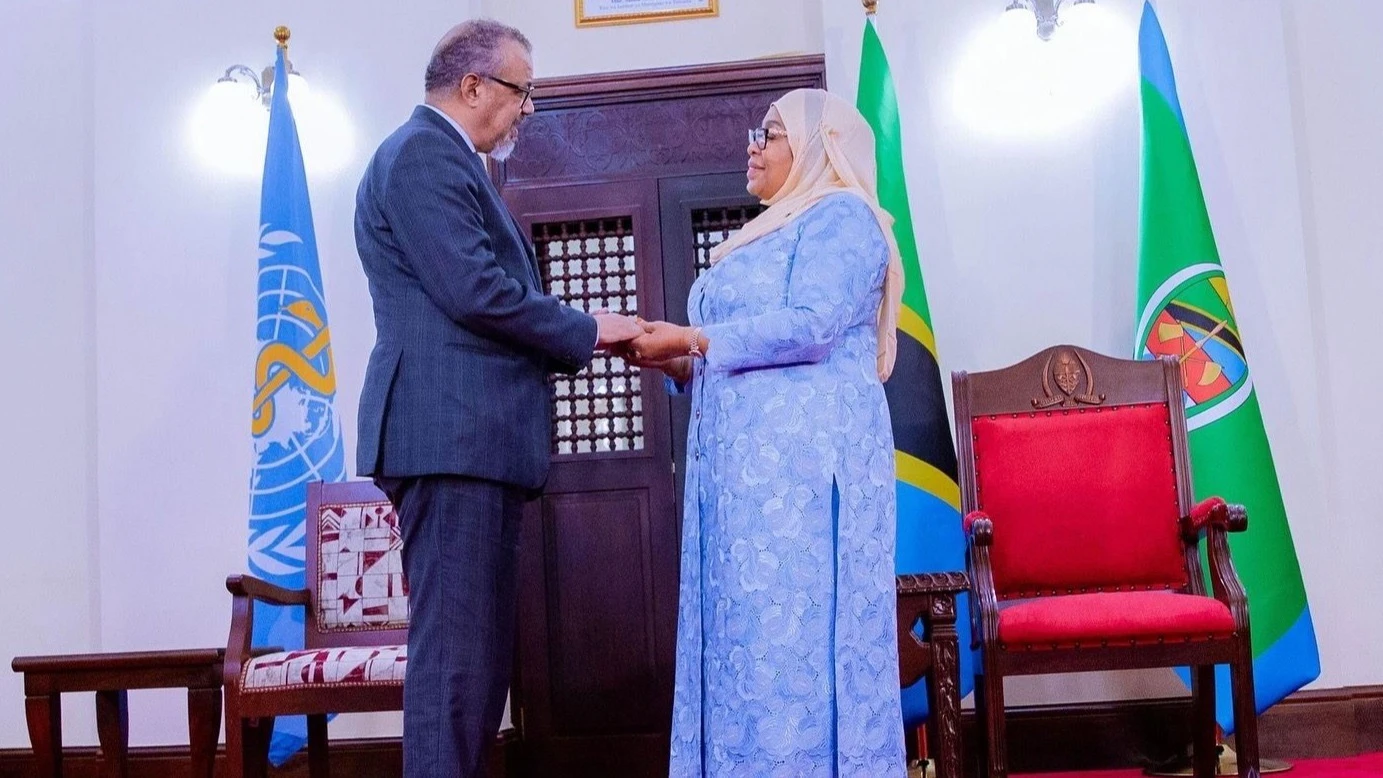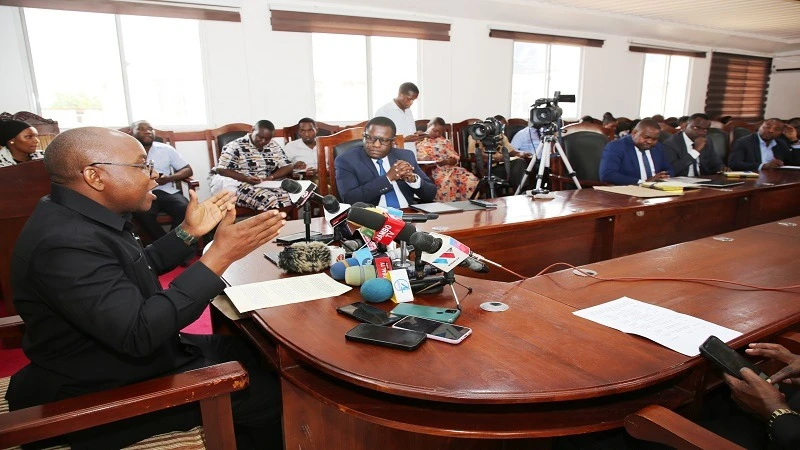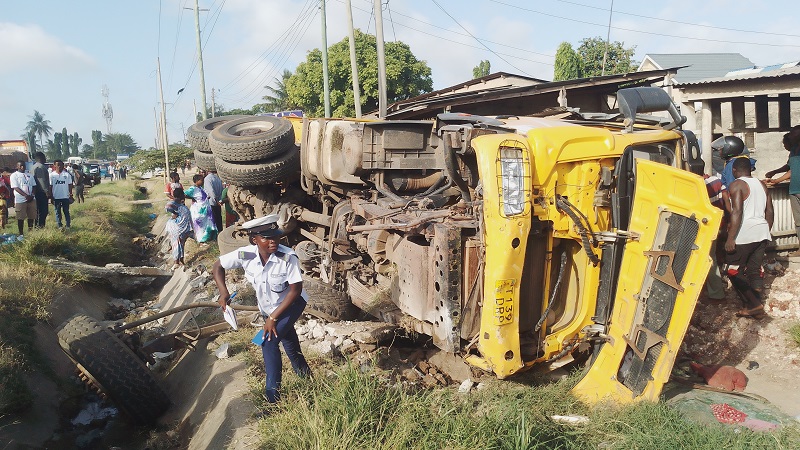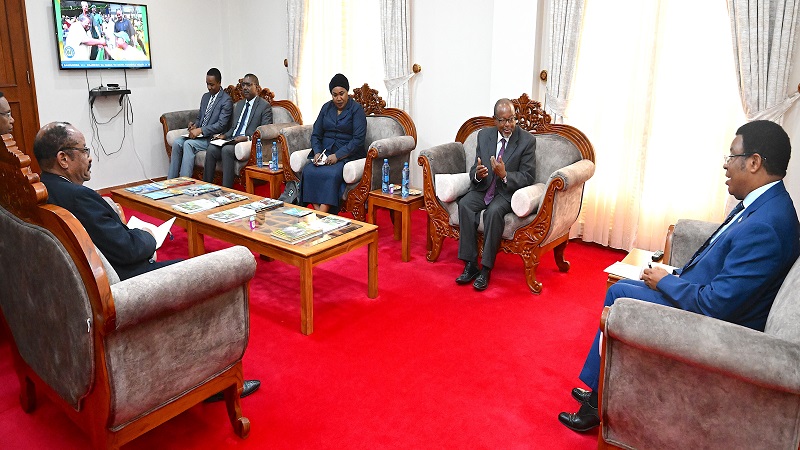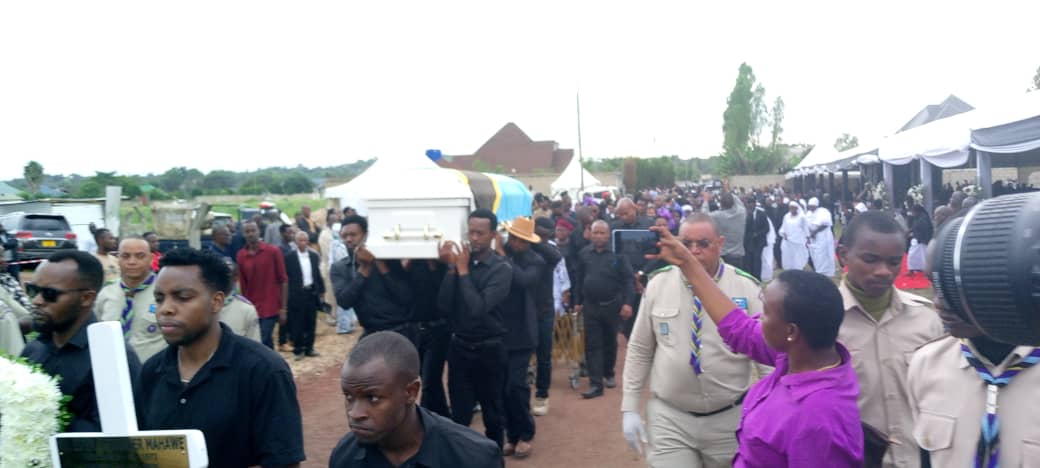Govt: 58 people died by floods countrywide

AT least 58 people have died since April 01 until yesterday following the devastating floods caused by the ongoing heavy rains that have hit various parts of the country.
Mobhare Matinyi, the chief government spokesperson said yesterday at a media briefing in Dar es Salaam that the deaths were reported from various regions where Arusha reported 5 deaths; 2 deaths in Dar es Salaam; 4 deaths in Geita region; 5 deaths in Iringa; 1 death in Kilimanjaro, 4 deaths in Lindi; 6 deaths in Mbeya; 5 deaths in Morogoro; 11 deaths in Coast Region and 10 deaths in Rukwa region.
Matinyi further said that the floods had caused major effects in Coast Region in Kibiti and Rufiji districts involving 17 wards where 12 wards are in Rufiji district and five wards are in Kibiti district, adding that in Morogoro Region 50 wards had been affected where in Malinyi Municipality there are eight wards; eight wards in Ulanga; nine wards in Mlimba; nine wards in Ifakara; and 22 wards in Morogoro municipality.
“A total of 8532 houses have been affected in the regions of Morogoro and Pwani whereas 628 houses have been affected in Pwani region and 7904 houses have been impacted in Morogoro region. 76,698 hectares of farms have been destroyed. In Morogoro region, 34970 hectares have been destroyed and in Pwani Region 41,728 hectares,” he said.
“According to the national disaster management committee, a total 10839 households have been affected whereby 4035 households were affected in Coast Region and 6204 households in Morogoro region.”
Matinyi said many infrastructures have been destroyed ranging from roads, bridges, culverts, therefore impeding transportation of goods and movement of people also adding that many properties have been destroyed including livestock, animal pasture and the environment.
He also highlighted the various measures taken by the government in Morogoro and Pwani Regions to counter the effects caused by the ongoing heavy rains including the directive by President Samia Suluhu Hassan that all Regional and District Commissioners should be up to date with the warning and information given by the Tanzania Meteorological Authority (TMA) to properly coordinate precaution and rescue efforts where necessary.
“Firstly, there is a task to search and rescue people and properties where 2278 people have been saved so far. Among them 78 people are from Morogoro region and 2,200 people have been saved from Coast Region, whereas 1135 people are from Rufiji district and 1065 from kibiti district. The government has also established eight temporary camps for 1529 survivors of the floods. Seven camps accommodate 1394 in Coast Region and one camp accommodates 135 survivors in Morogoro Region. Other survivors managed to take refuge in the homes of their relatives,” he said.
“The government has issued healthcare services to the injured and ensured free health care services are available to the people in the two regions impacted by the hazard. The government has also provided human aid where 40 tonnes of maize have been supplied; accommodation equipment whereas 500 mosquito nets, 400 blankets were issued; five tents were distributed – four tents have been taken to Rufiji and one tent in Kibiti where each tent is able to accommodate 70 people; and 300 buckets. 43 tonnes of Flour and 25 tonnes of beans have arrived in to Rufiji today,” he said.
“The government sent experts to evaluate the extent of the impact of the disaster and the measures taken. This task is executed in collaboration with various government specialists and stakeholders. The government supplied medicines, health equipment and water treatment chemicals to clean the water at family levels and in water sources. Until now medicines and medical equipment taken to the disaster areas cost 216m/-. The government has improved the provision of health services through deployment of 20 health specialists to give vaccination and basic health care treatment to the survivors at the campsites including psychological support to all the victims,” he said.
“The government has also dispatched wildlife rangers to curb the threat of crocodiles especially in Rufiji area and Kibiti in human populated areas and the police force is there to ensure safety in all flood affected areas. The Tanzania People’s Defence Force has also deployed boats to boost rescue efforts in Rufiji River.
Matinyi said that the government wants the public to follow directives issued by their respective leaders when using transport vessels, to take care of children, to leave endangered areas, provide early warnings and to help disaster victims.
Top Headlines
© 2025 IPPMEDIA.COM. ALL RIGHTS RESERVED






